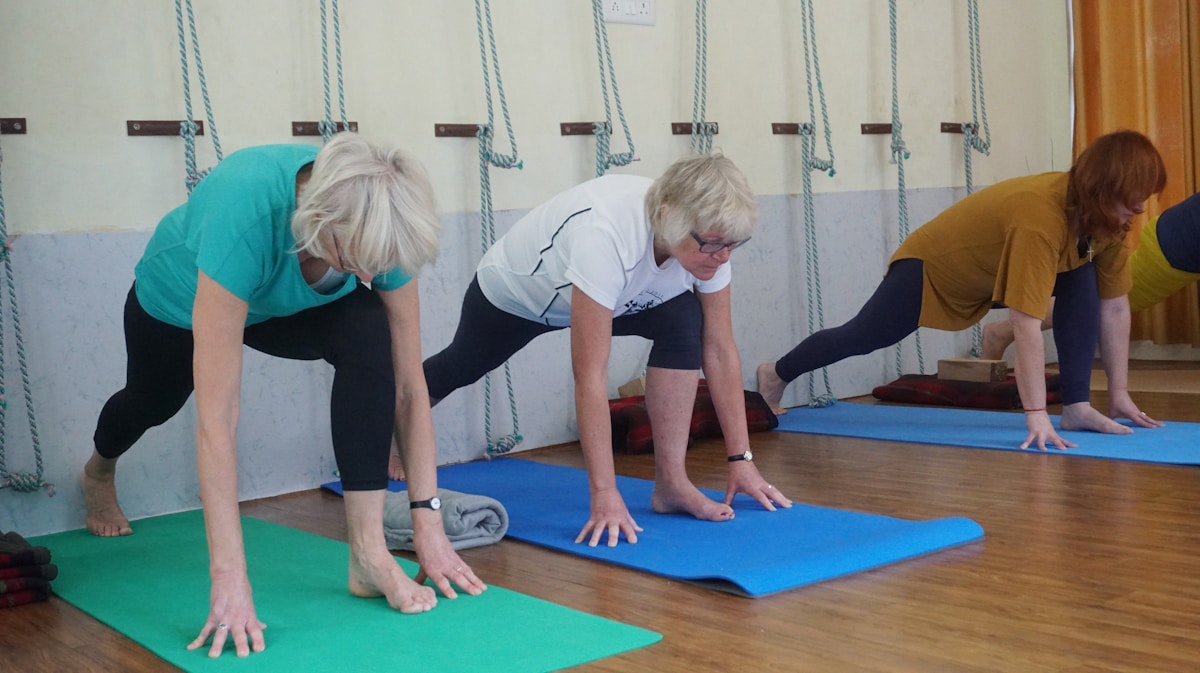This is the most common reason people give me for not trying yoga. And I always struggle to summon an appropriate response because…
This is actually a great reason to try yoga in the first place!
Unfortunately the media has done a very good job of personifying the ‘typical yogi’ as a super-stretchy, slim and toned, twenty-something Caucasian female. And would find them practising at the beach in tight and stylish ‘activewear’.
Perhaps influenced by such portrayals, until establishing a regular yoga practice of my own, I had only ever considered bodily ‘flexibility’ as the extent to which I could stretch or extend a particular muscle or limb. But through my exploration of yoga, I have found it goes above and beyond this basic definition to incorporate flexibility of the breath and of the mind, and it is these aspects that influence flexibility within the body.
Yoga poses (asana) were never designed for the purpose of sculpting bendy bodies. Although there is no denying increased flexibility is a side-effect of yoga practice, movement in Yoga guides the practitioner to find balance: ‘sthira-sukham’ – steadiness (strength) and ease (flexibility).
Similar to a steel bridge, our bodies need to be strong enough to support the loads we impose upon them, but at the same time flexible enough to withstand the barrages of nature and lifestyle

What people may not realise is that being over-flexible can be just as damaging as having overly tight muscles. From personal experience, living in a hyper-extensive body makes me appear flexible, but has resulted in chronic injuries when I have become patterned into over-extending muscles or limbs without the strength to support my joints.
An imbalance in flexibility and strength is likely to follow one of these patterns:
1. Flexibility without strength may result in joint instability
2. Strength without flexibility may result in soft tissue damage and postural changes
By maintaining balance, we are proactively protecting our muscles and joints as we age. Tissue starts to dry out and lose some of its elasticity over time, so if we can keep ourselves gently moving our limbs through their ranges of motion and circulating blood throughout the body, we have a better chance of minimising the stiffness of ageing and enjoying an active lifestyle for longer.
So if you’ve been considering giving yoga a go, but have been held back by preconceived notions of what a typical ‘yogi’ must do or be, perhaps consider it a way to foster a flexibility of attitude and outlook, rather than a contortion of the body. You may find the benefits extend beyond the ability to touch your toes.

